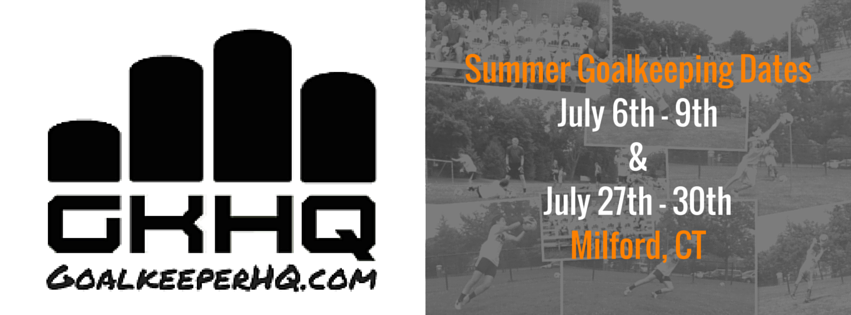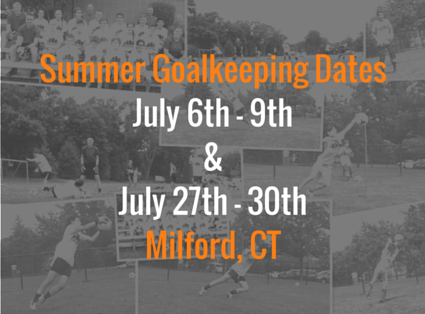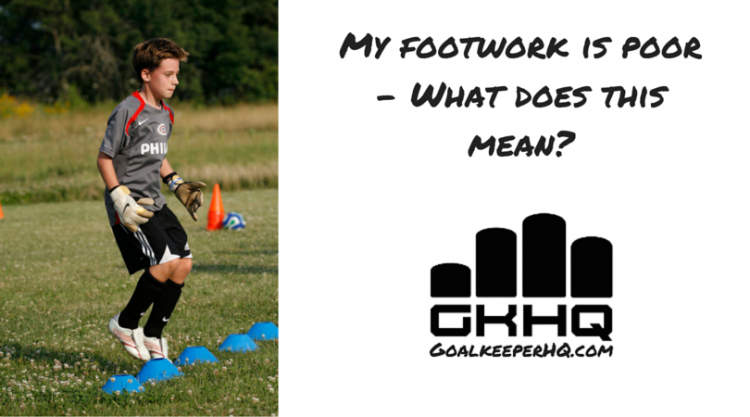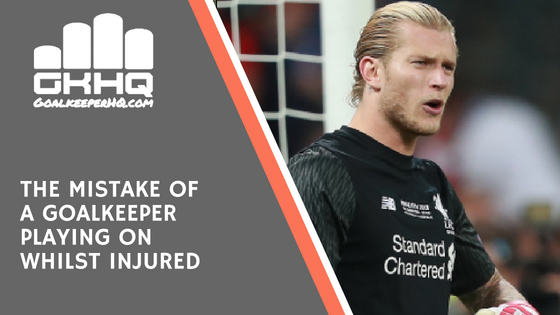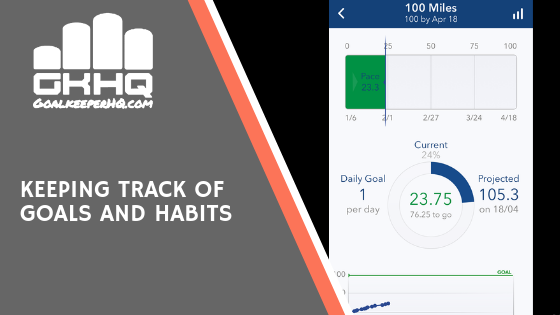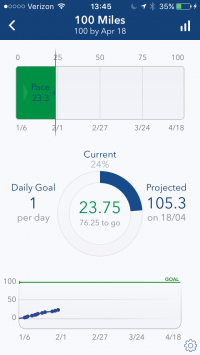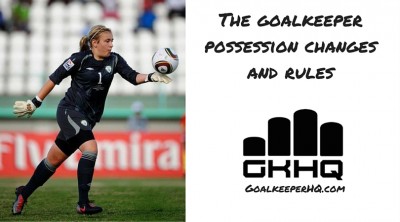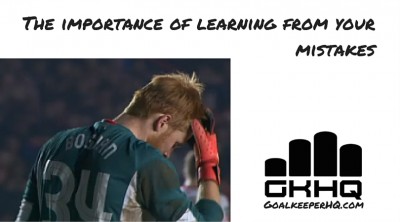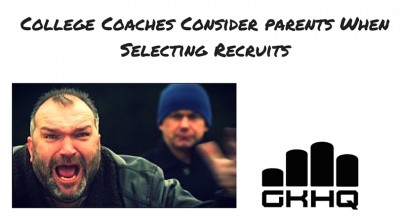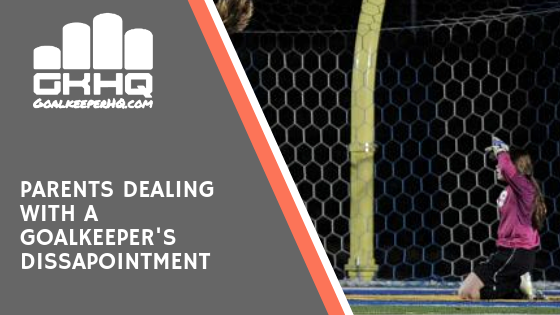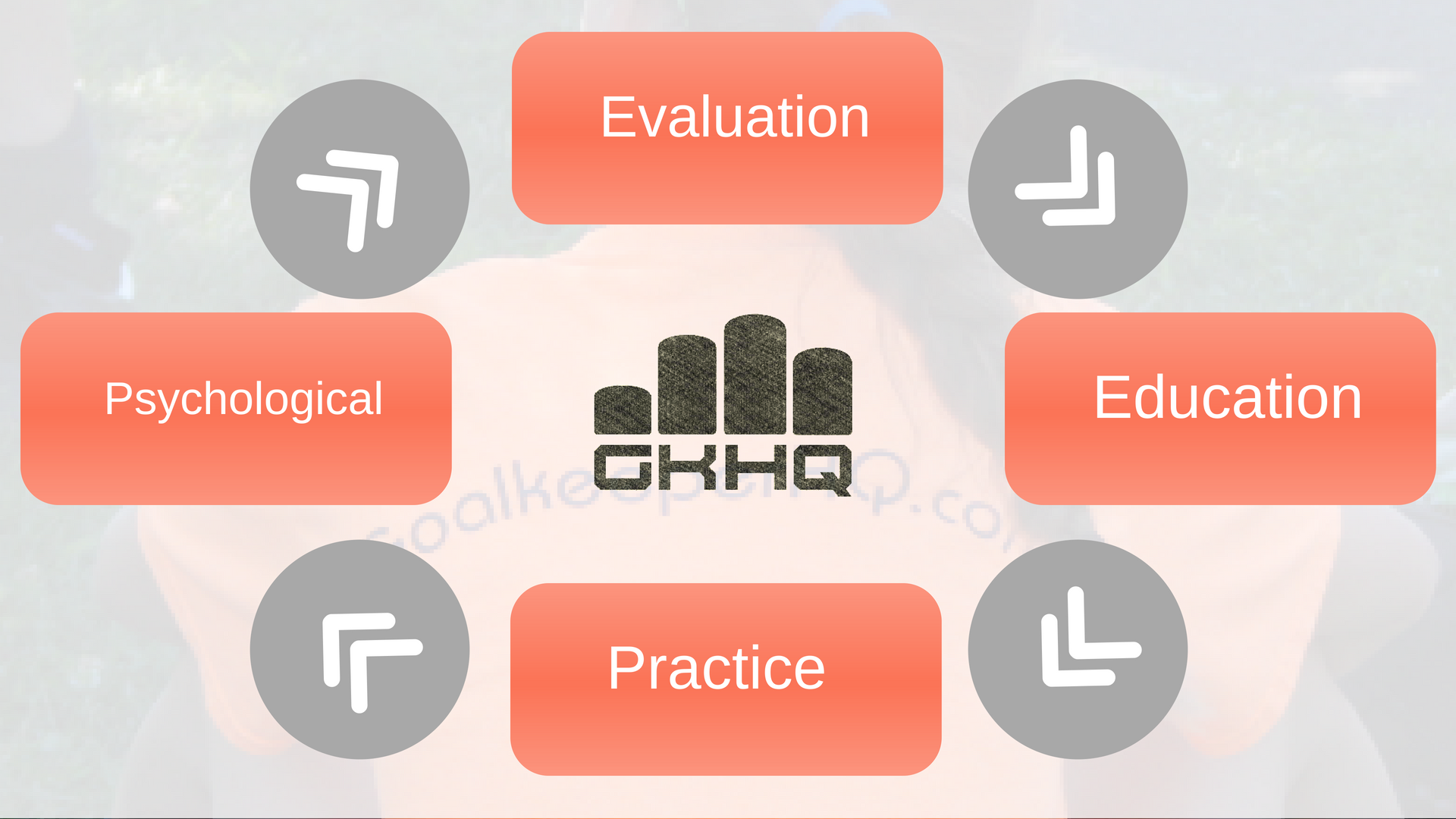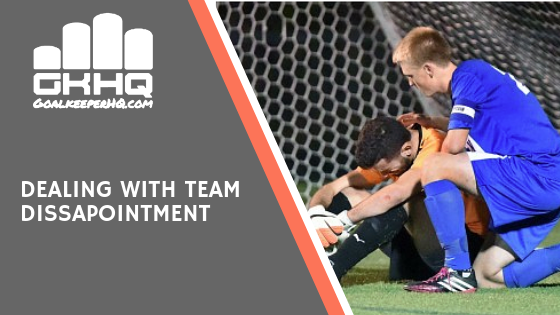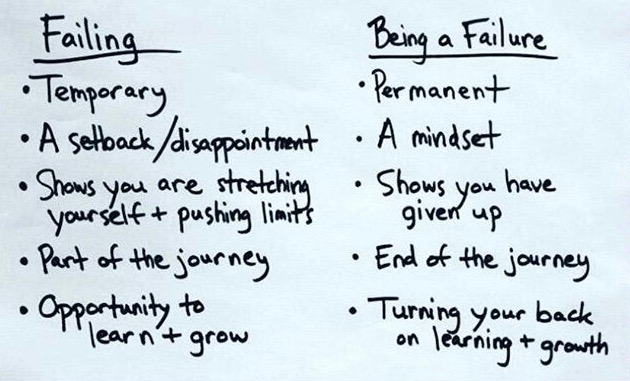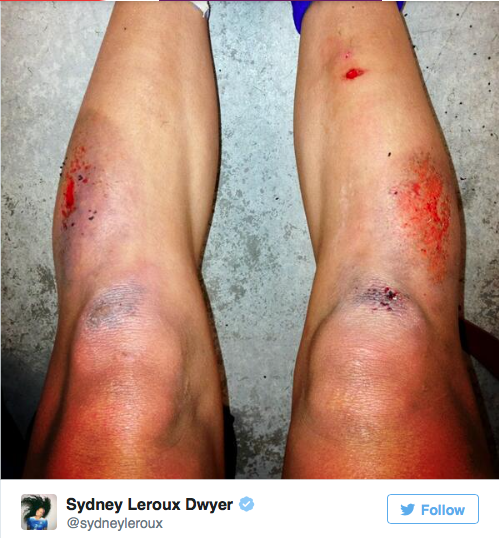Upon investigating when the “Six second rule” came into play, I came across this article on the FIFA web site which lists the rule changes that goalkeepers went through prior to the six second rule that we see today. The rule that recently Simon Mignolet got pulled up on which resulted in a goal from the resulting indirect free kick.
Here is the insert from FIFA.com taken from October 31st 1997 post.
Game of cat and mouse
Goalkeepers have of course always tried different tactics (or these have been devised for them by their coaches) to exploit the handling privilege in order to use up time. The International Football Association Board, as the rule-makers of football, have repeatedly tried to counteract this, and it has resulted in a kind of running battle, or game of cat and mouse, between the Board and the goalkeepers over the years.
It is quite a fascinating story to review, to see how we arrived at the latest rule changes introduced by FIFA on 1 July this year.
The story starts in the early 1960s, at which time the goalkeeper was still allowed to keep the ball in his hands for virtually as long as he liked, taking as many steps as he wished in the process, as long as he bounced the ball on the ground or threw it in the air and caught again as he moved. In other words, he was free to use up as much time and penalty-area space as he wished, and it was up to the opposition to try to get the ball away from him fairly and safely a virtually impossible thing to do.
It was around this time, as gamesmanship crept in and the privilege first became systematically abused, that the rule-makers felt it necessary to fire the first salvo in the battle, by introducing the four-step rule. The goalkeeper was given up to four steps to travel while holding, bouncing or throwing the ball in the air and catching it again, without having to release it into play.
The goalkeepers and coaches were quick to react. The goalies exploited the wording of the new law by using the four steps rule as they liked : they would hold the ball, put it on the ground after one or two steps, dribble it a few metres and still have two or three steps “in the bank” when they picked it up again thus using up valuable space and time.
The Board hits back
The Board hit back by declaring that if the goalkeeper held the ball with his hands and then put it on the ground, he would not be allowed to touch it again with his hands until it had been touched by another player.
The goalkeepers responded by holding the ball and then throwing it to a nearest defender, sometimes only a metre or two away, who would pass it back to the goalie, who would repeat the whole process all over again … and again. Another way of wasting time, and against the spirit of the FIFA ruling.
It was the turn of the rule-makers to react, which they did by saying that if the goalkeeper held the ball in his hands and then put it on the ground, he could not touch it again with his hands unless it was played by another player, of either team, outside his own penalty area. That meant that goalkeepers now risked having their short passes to defenders intercepted by alert opposing forwards.
But it did not stop some goalkeepers abusing the basic privilege of handling the ball, as they developed a new tactic: that of parrying the ball instead of catching it cleanly, even when they could have done so. They would merely pat the ball down to the ground with their hands, then take their time dribbling it to the edge of their penalty area before finally picking it up and holding it in the true sense of the term. Of course the goalie could always be challenged by an opponent, but he would react by quickly picking the ball up, thus limiting the effectiveness of such a challenge.
So the Board came up with an anti-parrying rule, saying that such deliberate parrying for the purpose of evading the Law was to be regarded also as holding the ball. That effectively put an end to that tactic.
But still the goalkeepers continued to defy the aim of the rule-makers to prevent time-wasting, now by use of the infamous back pass. Defenders would pass back to the goalkeeper, sometimes even from the halfway line, simply to exploit his special privilege of being able to pick the ball up with his hands and stifle all movement of the game. This frustratingly negative tactic was difficult to prevent for many years, and struck a very sour note in the minds of all those who loved the game for its real spirit of skill and attack.
The back-pass revolution
Then came the most potent salvo yet from the Board: the so-called back-pass rule. In 1992, it was ruled that if a player deliberately kicked the ball with his feet for his goalkeeper and the latter touched it with his hands or arms, there would bean indirect free-kick against him. Heading the ball, playing it with the knee, thigh or chest were all still permitted, as it was felt that such situations, deprived of the accuracy of a pass with feet, might create a chance of the opposing forwards stealing a wayward back pass to their advantage.
Within a matter of days of this revolutionary new rule being introduced, the coaches hit back and there were some absurd attempts to circumvent the Law: players used their feet to flick the ball from the ground into the air in order to head it back to their goalkeeper, or would take a free-kick by kneeling down and passing the ball back with their knees…
Within days, FIFA responded by making clear that any player thus deliberately negating the spirit of the new rule would be likely to be cautioned for unsporting behaviour and punished by an indirect free-kick.
This year ( 1997 ) , after long debate, it was decided to extend the successful back-pass rule by applying it also to throw-ins from defenders to their own goalkeeper, but the urge to extend it to all back-passes (with the head, thigh, chest, etc.) was resisted.
But the battle continues, with an important new element. From 1 July, referees have been given mandatory instructions not to permit the goalkeeper to take more than four steps while holding the ball as stipulated in Law 12, and if the goalie holds the ball for more than five or six seconds the referee must adjudge this as time-wasting and award an indirect free-kick against him.
Previous article
